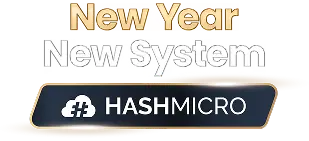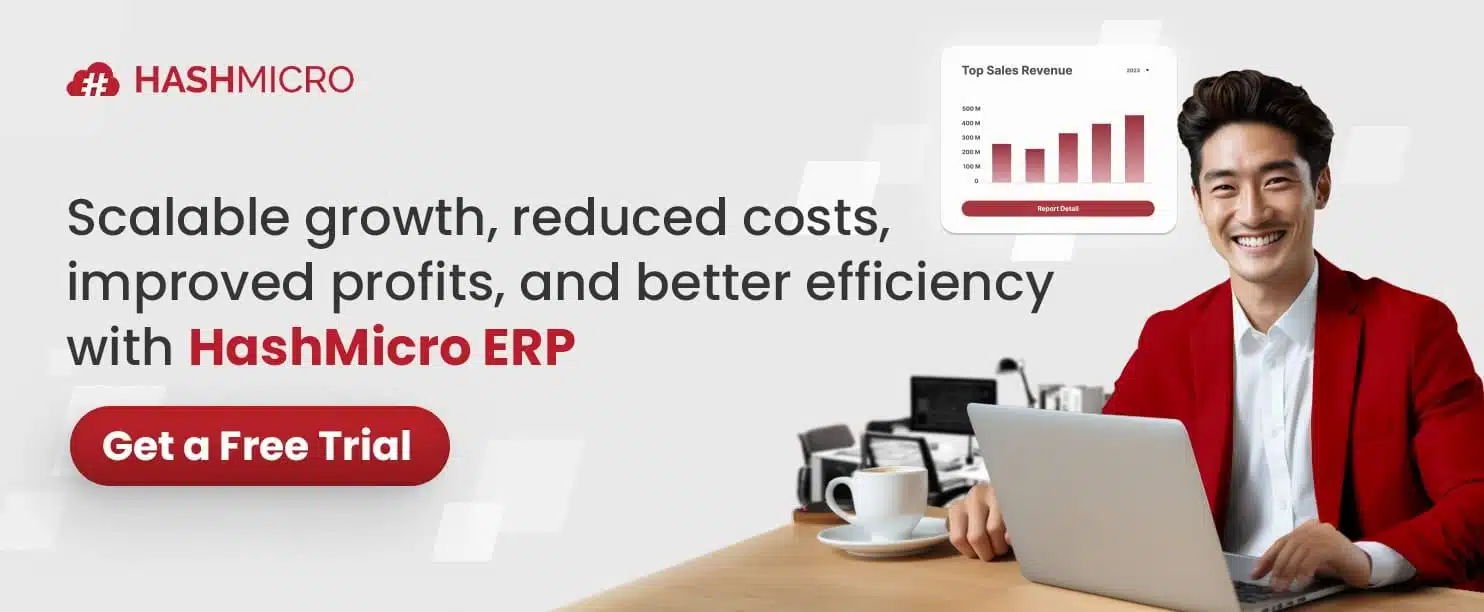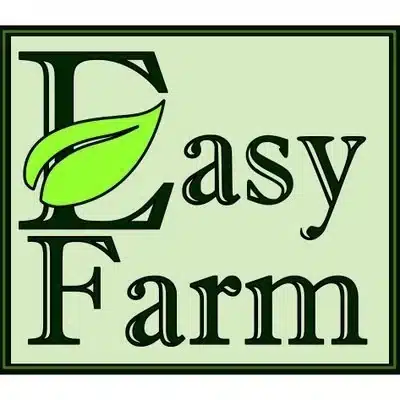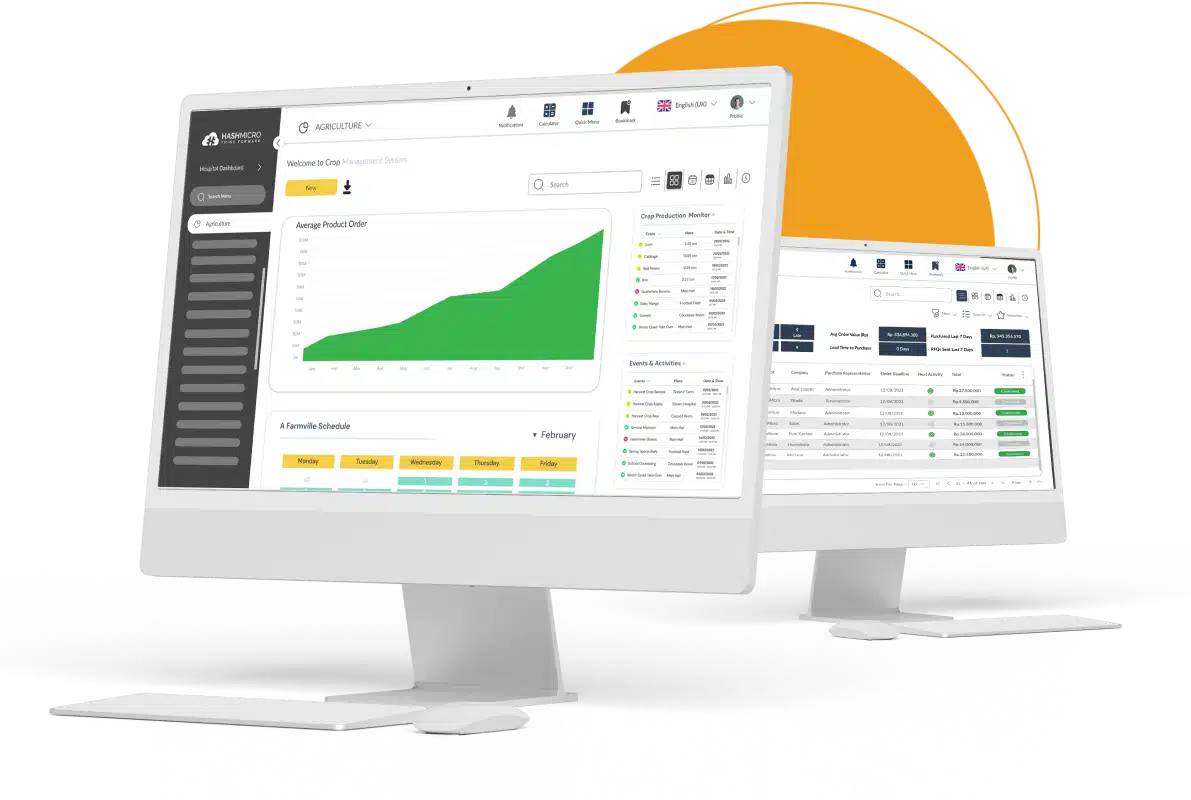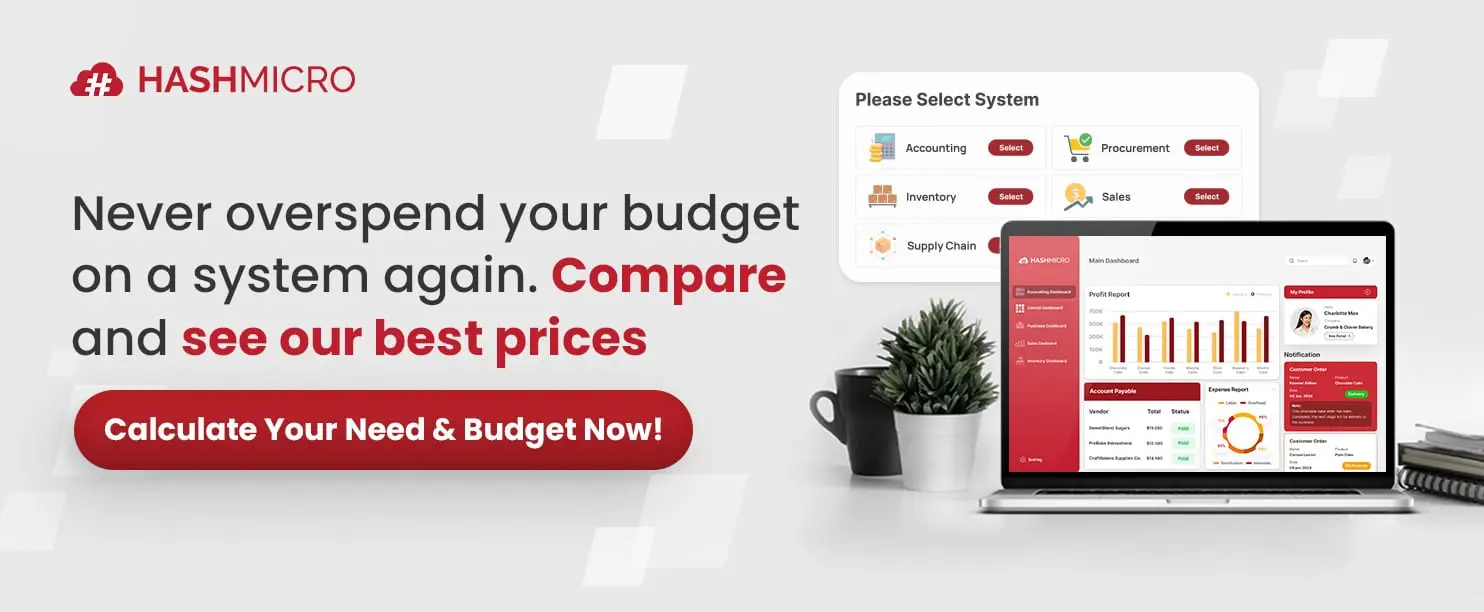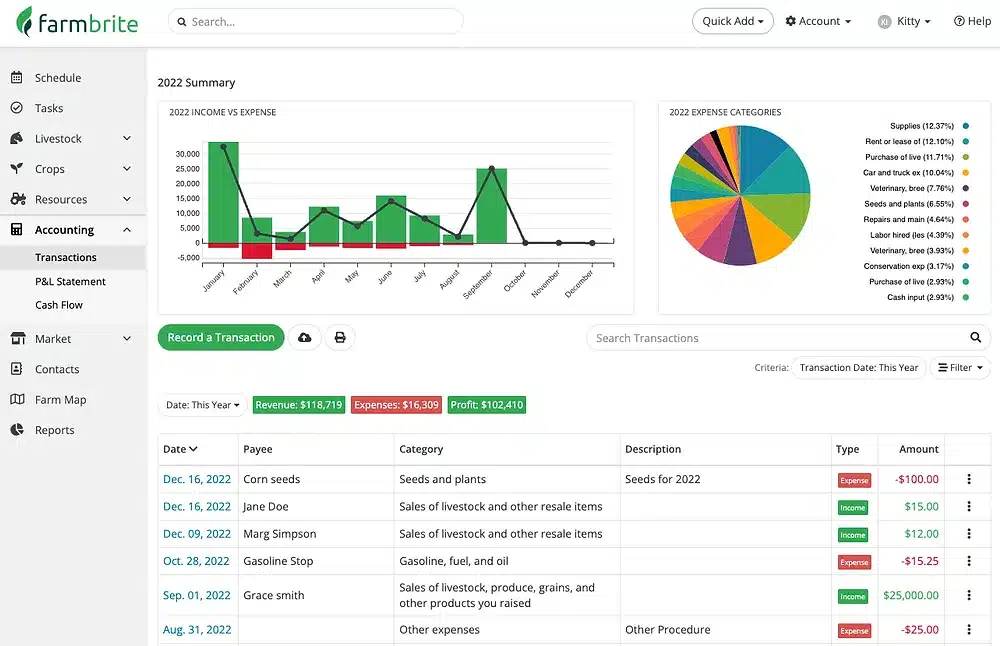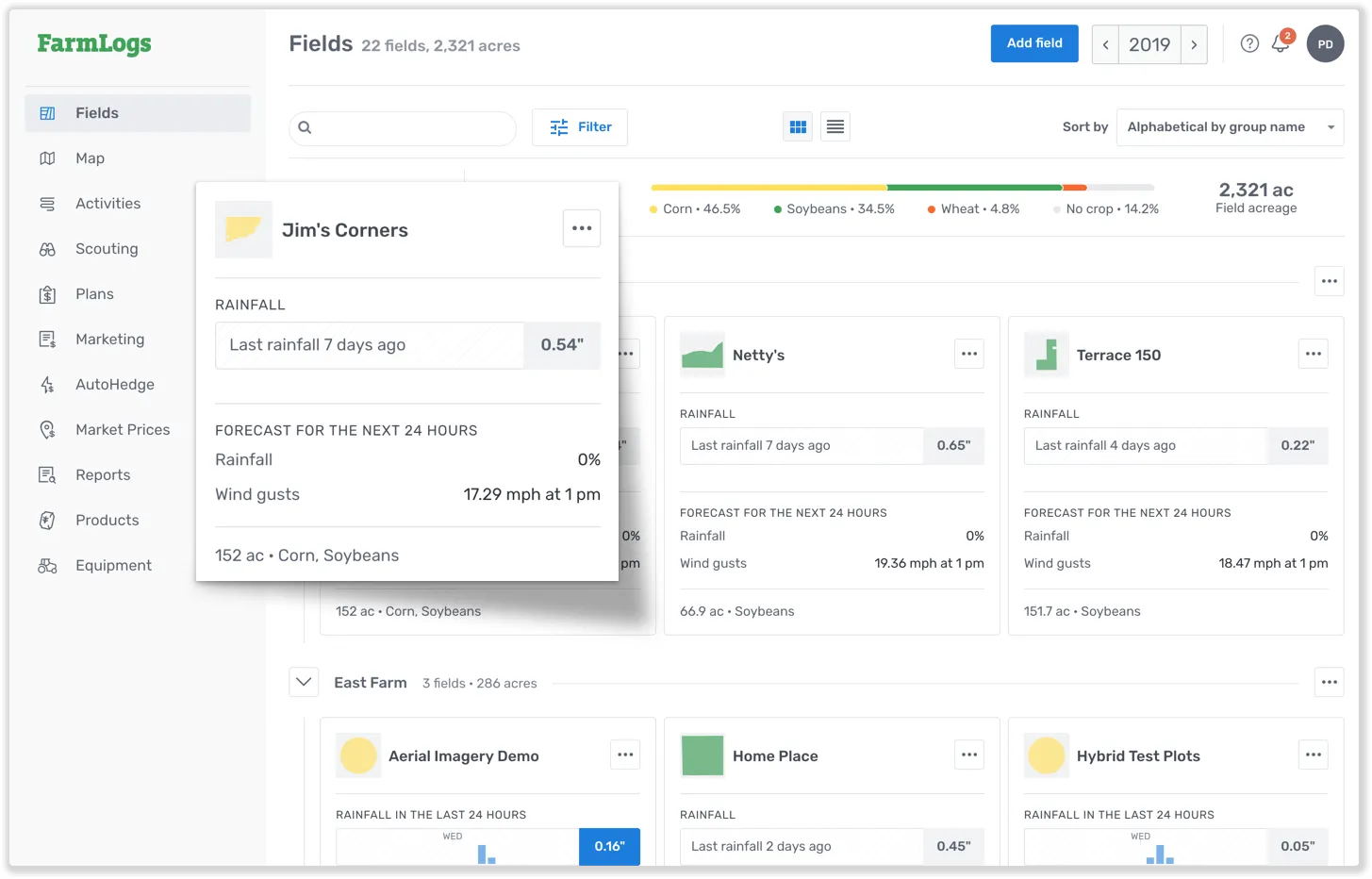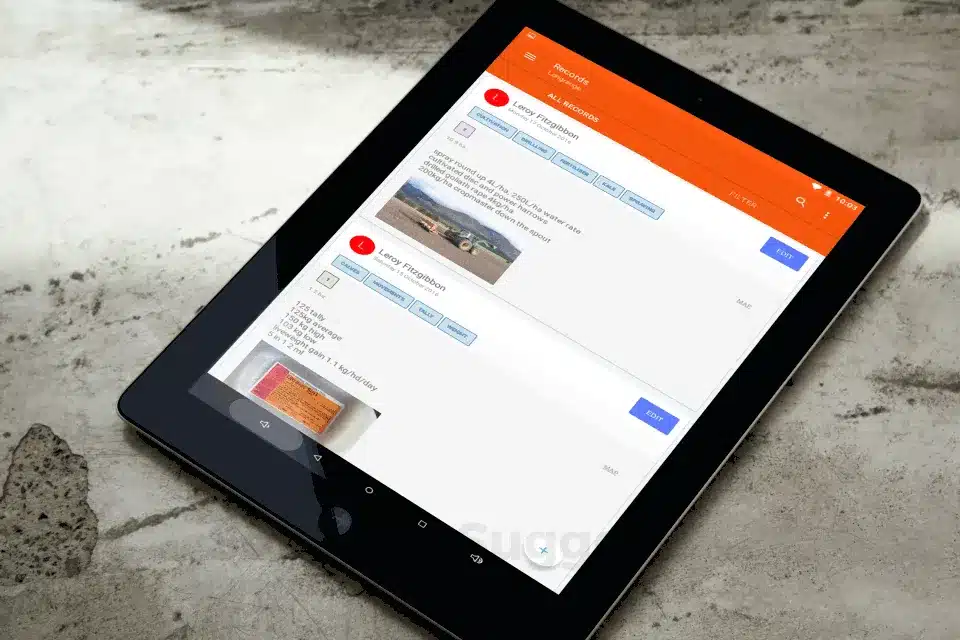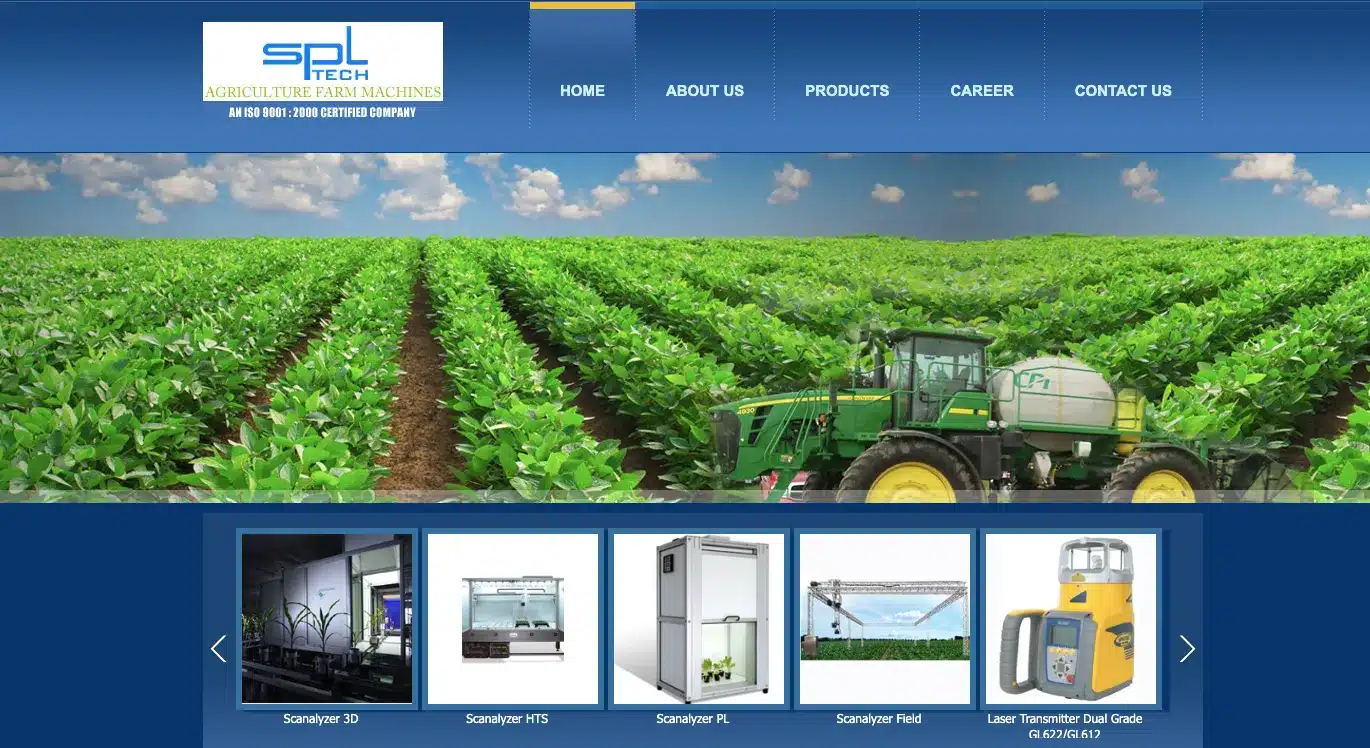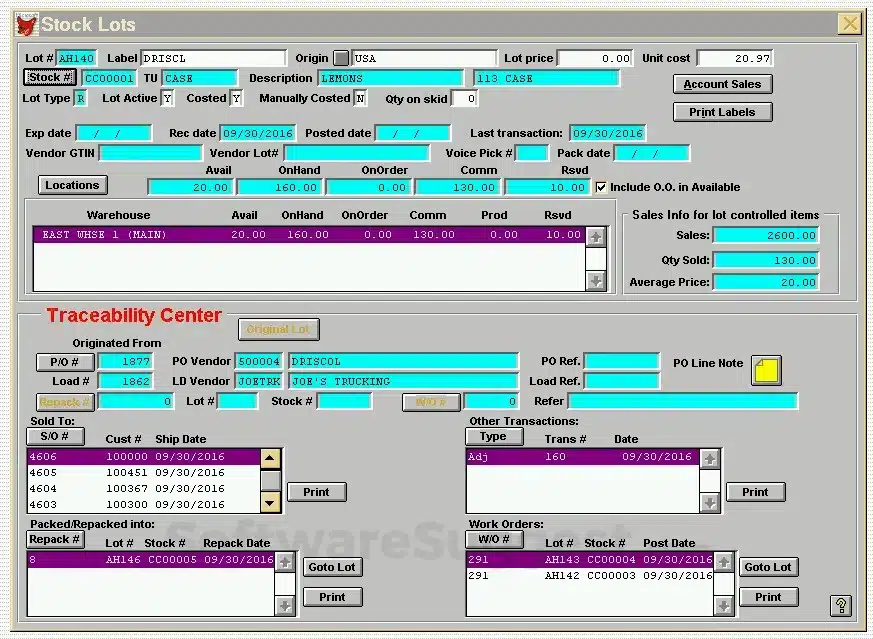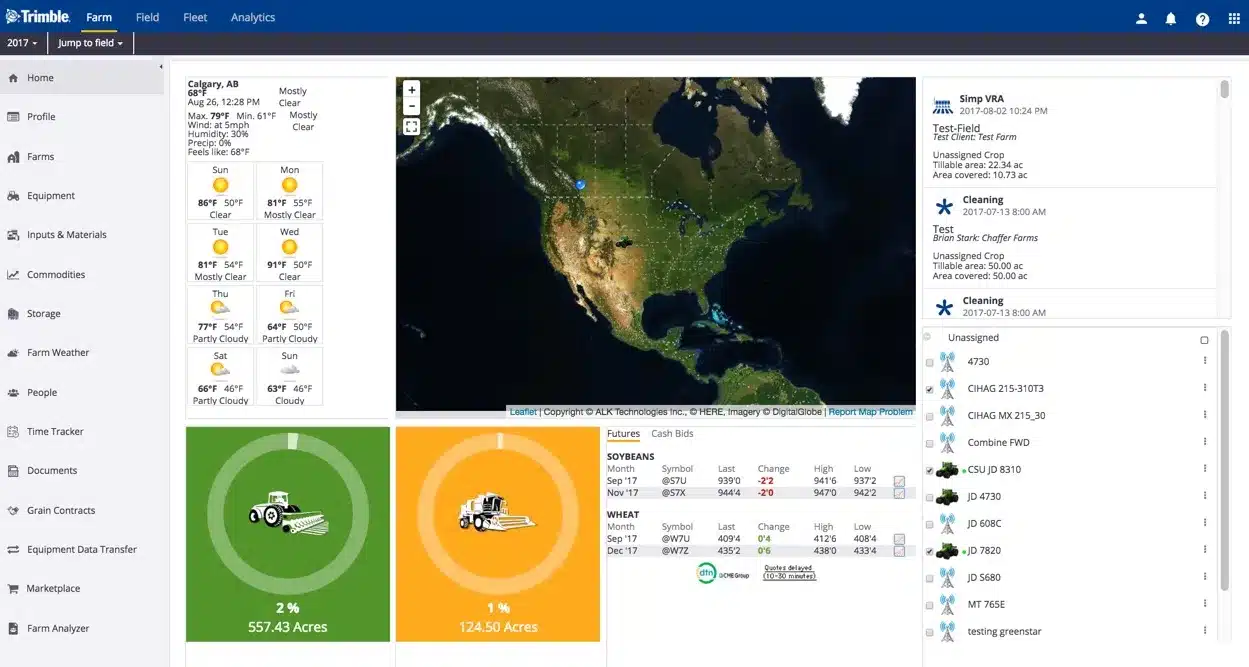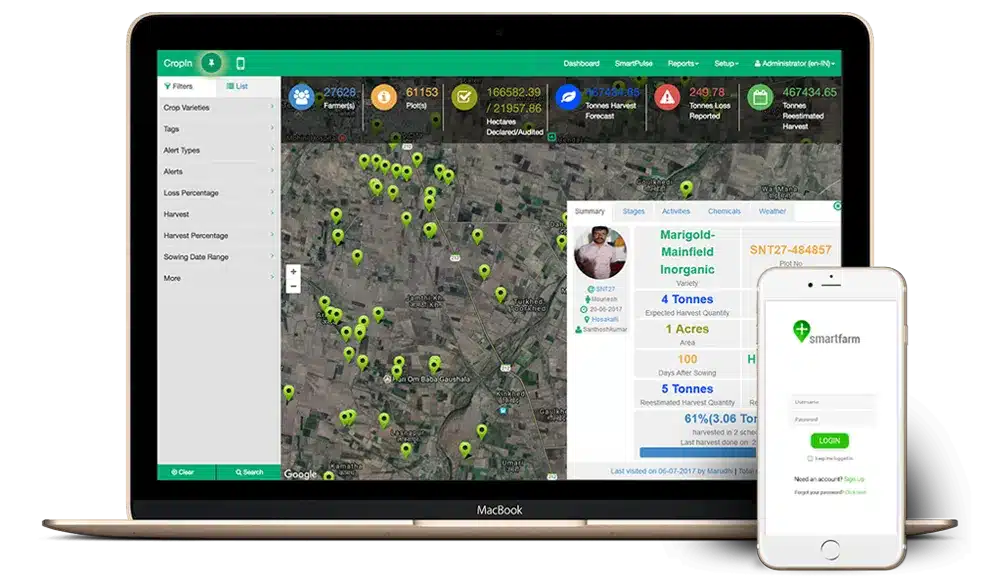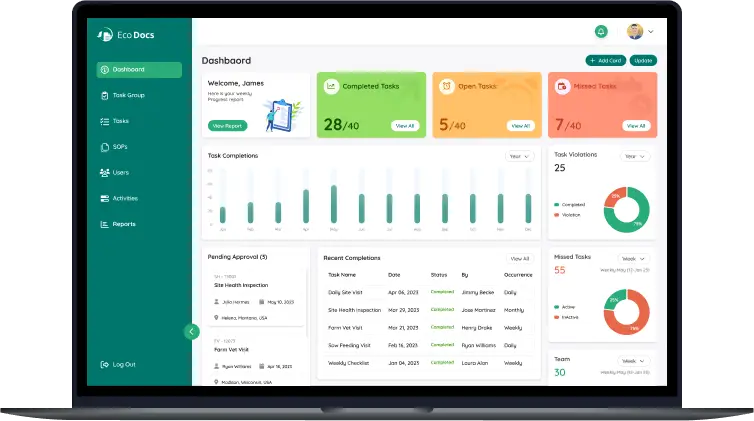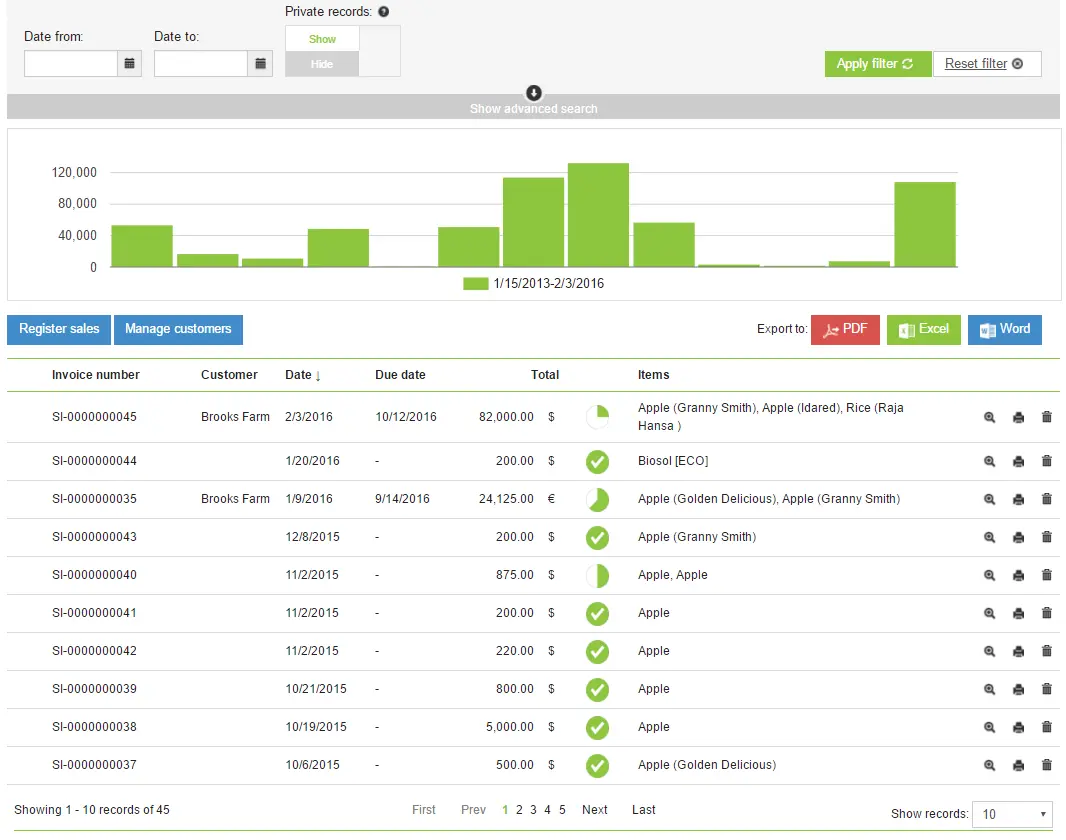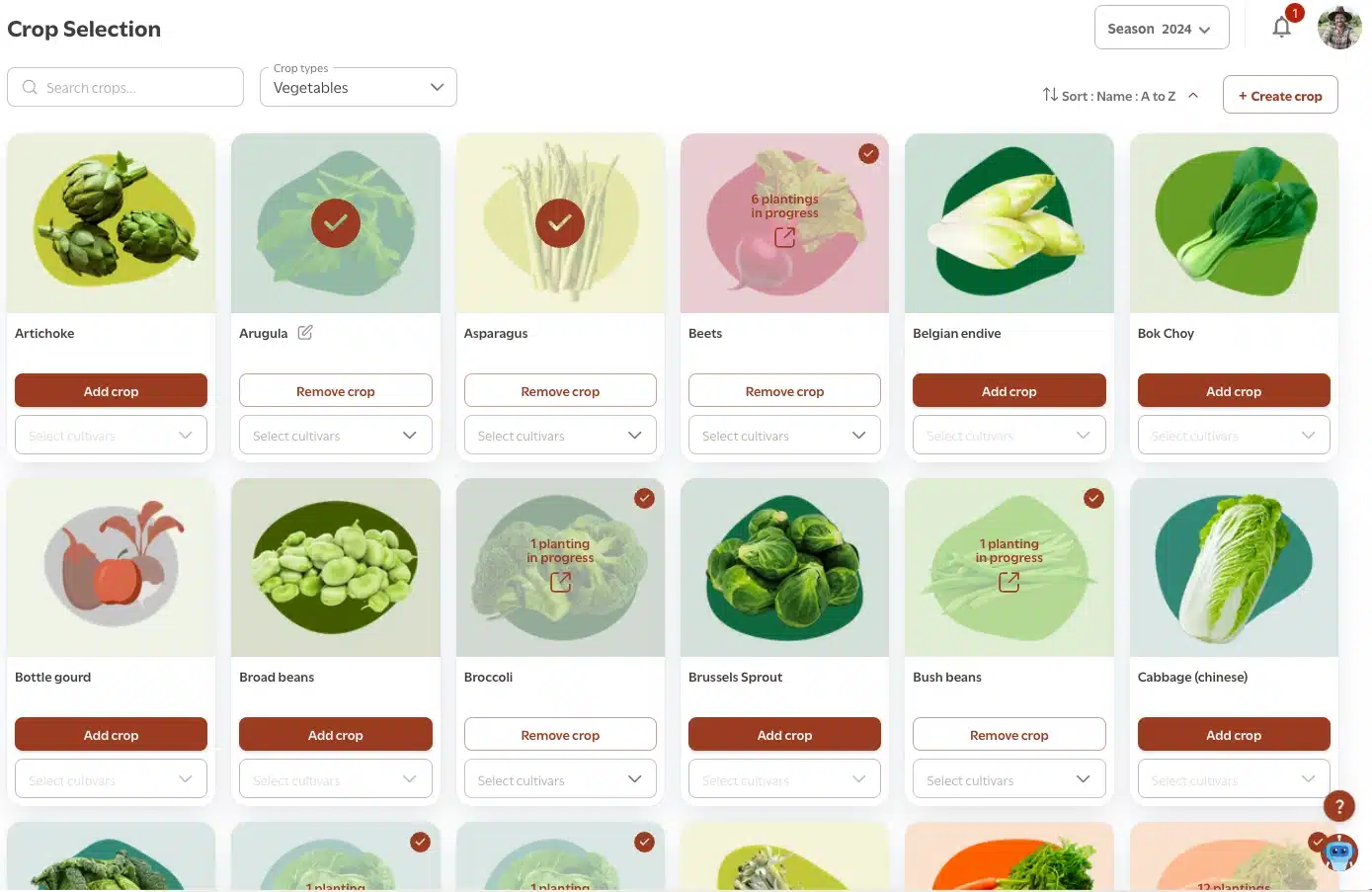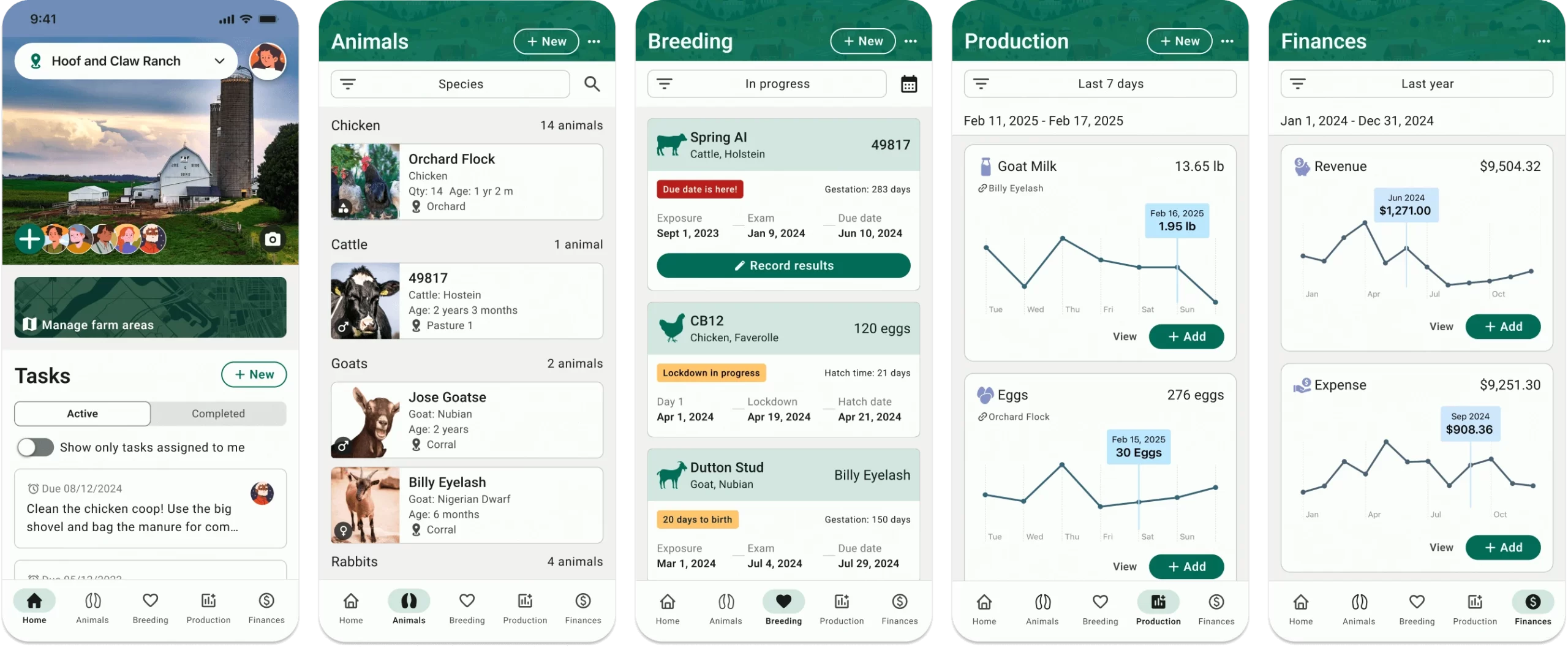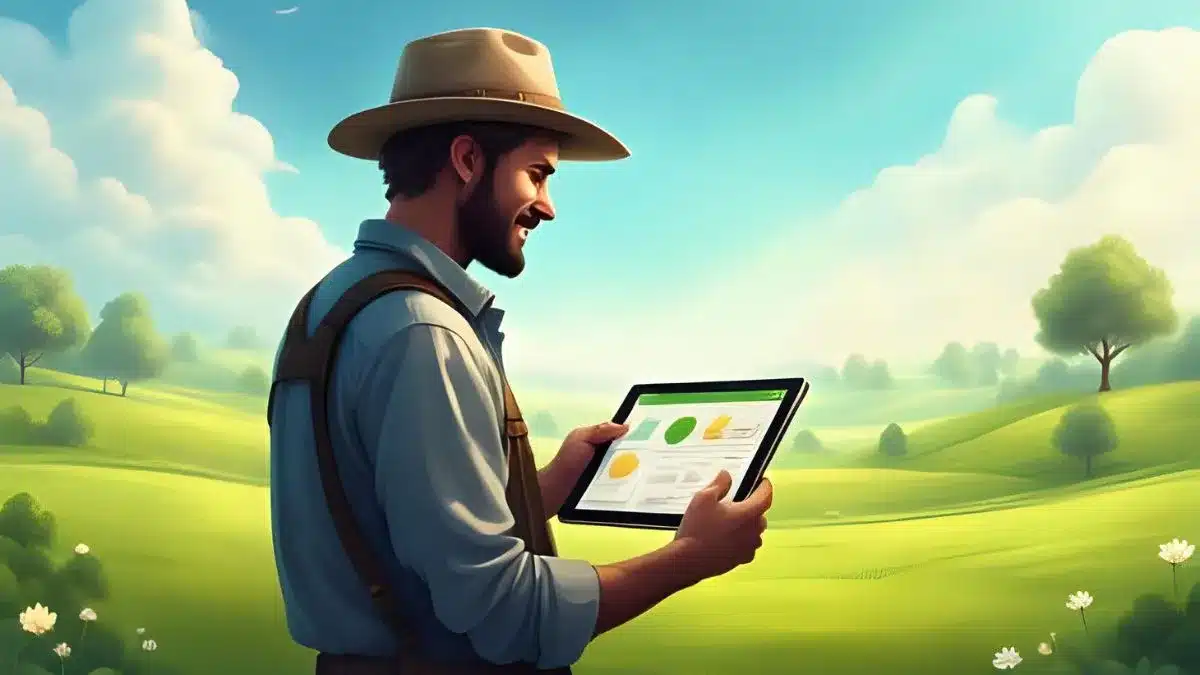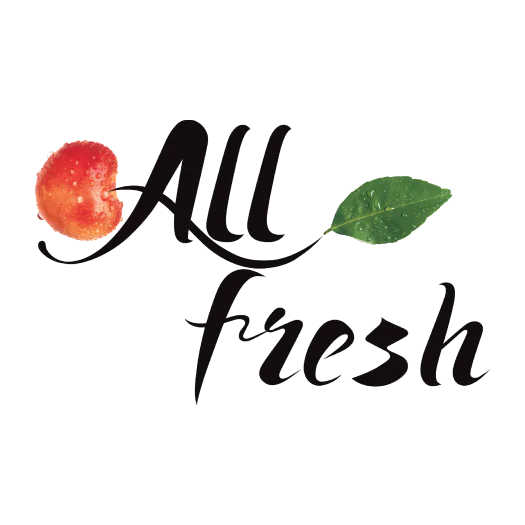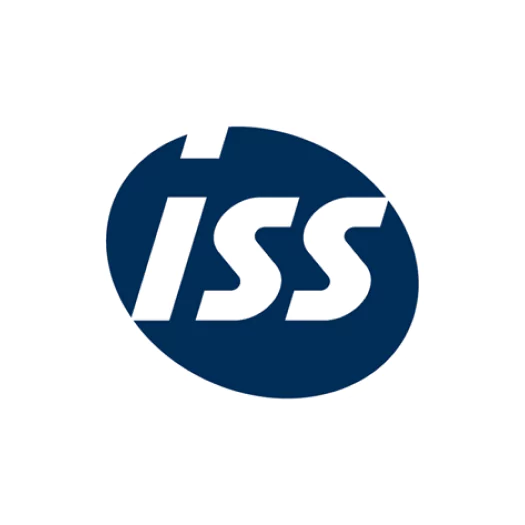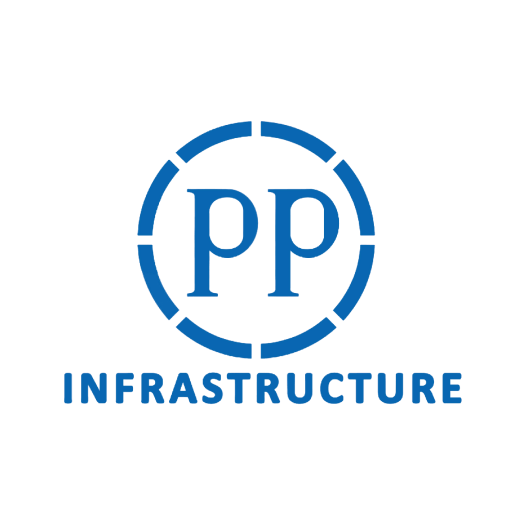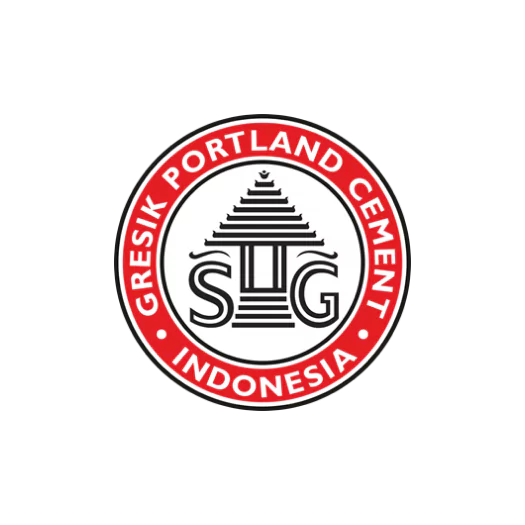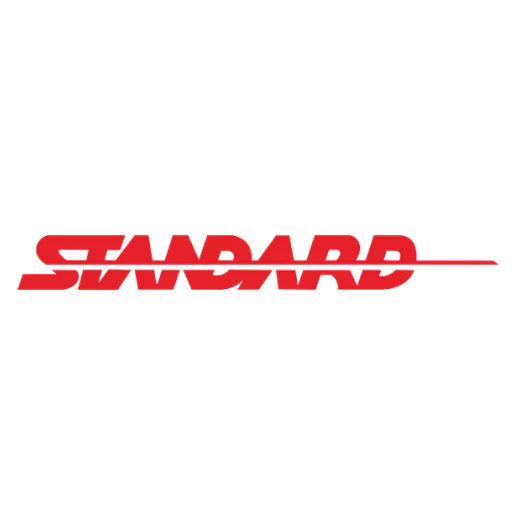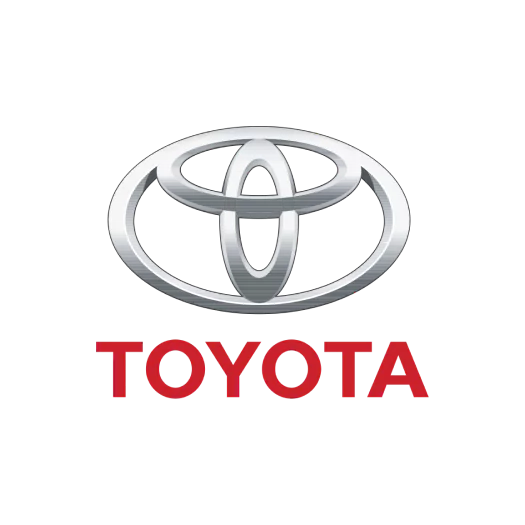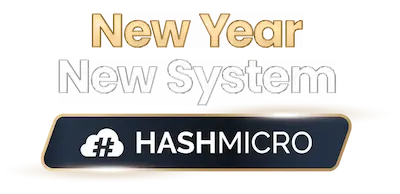Agriculture remains a vital part of Malaysia’s economy, contributing 6.6% (RM99.1 billion) to the national GDP in 2022, with palm oil leading the way at 35.2% of total production. The sector is growing, but it faces challenges like rising costs and unpredictable weather.
To stay ahead, many Malaysian agribusinesses are adopting agriculture software development to streamline operations, improve crop planning, reduce waste, and boost productivity across estates, plantations, and small farms.
Selecting the right software can be challenging; choosing poorly wastes time and resources, while the right solution transforms operations from land preparation to post-harvest management. That’s why HashMicro’s Agriculture Software is worth considering. Try our free demo to see how HashMicro can be the perfect fit for your business.
Key Takeaways
|
Top Agriculture Software in Malaysia Shortlisted
Best because
The best end-to-end solution for all types of business needs
Best Because
Help modern farmers, grow more and sell more, all from one easy to use place
Best Because
Effortlessly simplifies complex farm operations
Best Because
Comprehensive tools designed to simplify and optimize farm management
What is Agriculture Software?
Agriculture software refers to digital tools that help farmers manage and automate their daily operations, analyze data, and make informed decisions to improve efficiency and crop yields. These solutions are designed to enhance productivity across agricultural activities.
The software consolidates data from multiple sources, such as satellite imagery, soil sensors, and field devices. By integrating these insights, agriculture software development enables smarter, data-driven farming for better outcomes.
Benefits of Agriculture Software
Farming today requires more than hard work in the field. With unpredictable weather, high input costs, and market pressure, you need better tools to stay profitable. Agriculture management software offers many benefits for farmers and business owners, such as:
- Track Costs per Field or Crop: You can see exactly where your money goes, from fertilizer and seeds to labor and machinery. Breaking down costs by area or crop helps identify which parts of your farm bring in profit and which ones drain resources.
- Plan and Monitor Crop Activities More Easily: The software helps you prepare planting and harvesting schedules, record what you apply to each crop, and monitor progress. When you manage several crops or large areas, it reduces mistakes and avoids missed steps in the growing cycle.
- Store Weather, Soil, and Crop Data in One System: You don’t need to check separate tools or rely on memory. The software gives timely updates like rain forecasts, pest warnings, and plant health reports. That makes it easier to act quickly when conditions change.
- Reduce Wasted Inputs: By knowing how much water, pesticide, or fertilizer each crop actually needs, you avoid overuse..
- Monitor Inventory of Farm Supplies: You can keep track of stock levels for seeds, fertilizers, and equipment. When supplies run low, the system gives you a heads-up, so you can restock.
Some agriculture companies also use ERP software to manage their farm and store data more accurately.
Types of Agriculture Software
Modern farmers rely on a variety of digital tools to manage and optimize their operations efficiently. Below are the key types of agriculture software commonly used in today’s farming industry:
- Farm Management Software: Comprehensive platforms that centralize all farming activities, from crop planning and field mapping to monitoring performance, helping farmers make smarter, data-driven decisions.
- Farm Mapping and Design Software: Used to plan and design field layouts for optimal land use and improved efficiency in planting and irrigation.
- Farm Equipment Management Software: Helps track equipment usage, maintenance schedules, and performance to minimize downtime and extend machinery lifespan.
- Farm Inventory Software: Manages stock levels for seeds, fertilizers, produce, and supplies, ensuring timely replenishment and reducing waste.
- Farm Record Keeping Software: Maintains compliance records and operational data, keeping farmers organized and audit-ready.
- Accounting Software for Agriculture: Simplifies bookkeeping, expense tracking, and financial reporting for better budgeting and profit analysis.
- CSA Farm Software: Designed for Community Supported Agriculture (CSA) programs to manage member subscriptions, orders, and deliveries.
- Farm E-commerce Software: Enables farmers to sell products online directly to consumers or vendors, streamlining sales, payments, and customer relationships.
By integrating HashMicro Agriculture Software, farmers can streamline all these processes in one platform, from inventory management and equipment tracking to financial reporting, ensuring higher efficiency, reduced waste, and smarter decision-making across the farm.
Key Areas of Agriculture Software Development
Agriculture software development focuses on transforming traditional farming practices into data-driven and automated systems. Aside from technologies like IoT, AI, and cloud computing, below are the key areas of the development of agricultural software:
- Farm Management Software (FMS)
Farm Management Software enables farmers to plan, monitor, and analyze all farming activities from a single, intuitive dashboard. It works by integrating data from various sources such as sensors, machinery, and financial records to optimize resource use and improve farm productivity. - Precision agriculture solutions
Precision Agriculture Solutions use GPS, IoT sensors, and satellite imagery to deliver data-driven insights for targeted crop management. They work by collecting real-time data on soil, moisture, and crop health, allowing farmers to make accurate decisions about irrigation, fertilization, and pest control. - Crop monitoring & analytics
crop monitoring and analytics systems analyze vegetation health using drones, remote sensing, and AI algorithms. These tools work by processing real-time images and environmental data to detect issues such as disease or nutrient deficiency early, enabling farmers to take timely action. - Livestock management software
Livestock Management Software tracks the health, breeding, and productivity of animals in real time. It works by using sensors and RFID tags to record data, such as feeding schedules, medical treatments, and movement patterns, for improved herd management. - Supply chain management & traceability
This system ensures transparency and efficiency from farm to consumer by tracking every step of agricultural production. It works by recording and sharing data across all supply chain participants, enabling stakeholders to verify the origin, quality, and safety of products. - Automation and robotics
Automation and Robotics bring efficiency to farming through automated machinery like drones, harvesters, and robotic weeders. They work by executing repetitive or labor-intensive tasks autonomously, reducing human error and operational costs. - Financial management & ERP
Financial Management & ERP software centralizes farm accounting, budgeting, and inventory management. It works by integrating financial data with operational metrics, giving farmers clear visibility into profitability and cost control. - Weather monitoring & forecasting
Weather monitoring and forecasting systems utilize satellites and IoT sensors to collect real-time climate data. They work by analyzing patterns to provide accurate predictions, helping farmers plan planting, harvesting, and irrigation activities effectively.
“Types of agriculture software, from farm management and mapping to equipment, inventory, and accounting tools, help farmers streamline operations, reduce waste, and make smarter, data-driven decisions.”
— Angela Tan, Regional Manager
14 Best Agriculture Software in Malaysia for 2025
Here are the list of the best agriculture software in Malaysia in 2025 with their main features, pros, and cons:
1. HashMicro
HashMicro’s Agriculture Management Software is built for Malaysian farms and agribusinesses that want to modernize operations. It’s also backed with ISO certification and a responsive local support team to assist.
From managing estate land in Sabah to coordinating harvest and distribution across multiple sites in Selangor or Johor, the system helps you track every process with better accuracy and less manual work.
You can monitor crop performance, automate equipment maintenance, and manage warehouse stock levels in real-time from one platform. The software also provides clear data on asset value and condition.
HashMicro integrates with essential modules like accounting, procurement, and inventory to keep operations running smoothly, even across large estates or export-oriented agribusinesses. Try a free demo now!
Best for: Medium to large agricultural enterprises seeking to centralize farm operations that have BI and AI integration.
Features:
- Land Preparation Tracking: Manage land and crop readiness more efficiently by selecting the right tools and equipment for your operations.
- Automated Maintenance Scheduling: Set regular maintenance schedules automatically to keep your infrastructure running smoothly and support consistent yields.
- Agribusiness Operations Monitoring: Oversee and maintain infrastructure with ease to keep your farming activities on track and reduce downtime.
- End-to-End Business Automation: Automate key processes, from moving goods between sites to handling product distribution, for a more efficient workflow.
- Plant Care and Task Coordination: Plan crop care routines and assign worker responsibilities in one connected system.
- Fertilizer Timing Alerts: Receive timely reminders to apply fertilizer according to your planting schedule, avoiding delays or missed applications.
- Workforce Oversight Tools: Monitor staff activity and time allocation across sites with reporting, timesheets, and performance data.
- On-Site Real-Time Updates: Let field workers log updates and progress instantly through a cloud-based system accessible anytime, anywhere.
| Pros | Cons |
|
|
Want to know how much your farm might invest? Use our pricing calculator to get a personalized estimate. Click the banner below to receive a customized quote that meets your agricultural business needs.
2. FarmBrite
Farmbrite is a complete farm management software designed for modern farmers who want to simplify operations and improve productivity. Whether you manage crops, livestock, or both, Farmbrite brings all essential tools into one connected system with ERP software integration.
Farmbrite is an agriculture software company for small to mid-sized farms looking to transition to digital management without overcomplicating their processes. It’s especially useful for agribusiness owners who want more control and visibility.
Best for: Medium to large agricultural enterprises looking for an all-in-one agriculture software to manage crops, livestock, finances, and field activities efficiently.
Features:
- Crop and livestock management for health, cycles, and yields
- Task management for organizing, assigning, and tracking farm activities
- Inventory management for monitoring inputs, supplies, and equipment
- Financial tracking for reviewing income, expenses, and farm profitability
| Pros | Cons |
|
|
3. FarmLogs
FarmLogs is an agriculture software development that helps farmers maintain accurate records, make informed decisions, and improve profitability. It includes tools such as contract entry automation, field mapping, and financial analysis to manage their operations effectively.
Best for: This agriculture software is ideal for agricultural operations seeking a centralized, cloud-based solution to track field activities.
Features:
- Field mapping for visualizing and organizing farm plots
- Crop planning for scheduling planting and harvesting activities
- Irrigation management for optimizing water usage across fields
- Pest and disease tracking for monitoring and addressing crop health issues
- Yield monitoring for analyzing production outputs over time
| Pros | Cons |
|
|
4. Agrimap
Agrimap is an agriculture software development designed to assist Malaysian farmers in organizing and sharing farm data efficiently. It enables users to record and access information from any location, fostering better collaboration and decision-making.
Best for: This agriculture software is suitable for agricultural operations that need robust field-mapping and task management capabilities.
Features:
- Field mapping for organizing plots, pastures, and infrastructure
- Crop planning for planting schedules, harvest timing, and rotation cycles
- Irrigation control for efficient water use and reduced waste
- Pest and disease tracking for timely detection and treatment
- Yield monitoring for reviewing output trends and improving future planning
| Pros | Cons |
|
|
5. SPL Tech
SPL Tech offers a comprehensive suite of agricultural tools aimed at increasing productivity and sustainability for Malaysian farmers. It combines advanced technologies to manage various aspects of farming operations effectively.
Best for: This agriculture software company is suitable for agribusinesses seeking an advanced all-in-one platform that covers field-to-bank operations.
Features:
- Crop monitoring for health, growth stages, and yield projections
- Soil analysis for nutrient levels, structure, and moisture content
- Weather forecasting for real-time updates to guide daily planning
- Irrigation scheduling for timely and efficient water usage
- Pest and disease control for early detection and effective treatment
| Pros | Cons |
|
|
6. Produce Inventory Control System (PICS)
Produce Inventory Control System (PICS) is an agriculture management software that helps fruit and vegetable businesses manage their stock and trace each item from farm to sale. It keeps records accurate, supports food safety compliance, and connects smoothly with other systems to reduce manual work.
Best for: This agriculture software development is suitable for fresh-produce distributors, wholesalers, and growers who need an integrated system for inventory management and full traceability across buying, production, and sales in the perishable goods supply chain.
Features:
- Produce inventory tracking for monitoring quantity, location, and movement of harvests
- Lot-based traceability for identifying produce origin, handling, and delivery status
- Quality checks for recording grade, condition, and rejection data per batch
- Barcode scanning for fast product intake, packing, and dispatch
- Warehouse organization for managing cold storage and packing facility logistics
| Pros | Cons |
|
|
7. Trimble Agriculture
Trimble Agriculture provides precision farming software for agribusinesses in Malaysia, helping farmers manage operations with greater accuracy.
By connecting land data, fieldwork, and machine operations in one system, Trimble supports faster decision-making through real-time updates. Tools like Geographic Information System (GIS) improve land planning, simplify work processes, and support higher productivity with less waste.
Best for: Fresh-produce distributors, wholesalers, and growers who need an integrated system for inventory management and full traceability across buying, production, and sales in the perishable goods supply chain.
Features:
- Farm management for organizing land, crops, and resources in one system
- Task documentation for recording field activities and completed work
- Work order management for assigning tasks and tracking completion
- Yield analysis for measuring harvest results and field performance
| Pros | Cons |
|
|
8. EasyFarm
EasyFarm is a farm management software designed to help farmers and ranchers efficiently manage finances, track inventory, and oversee crop and livestock operations.
It offers tools tailored for agricultural needs, such as customizable charts of accounts, cost centers, and integrated inventory tracking, facilitating better decision-making and streamlined farm management.
Best for: This agriculture software development is suitable for agricultural operations that want a farm-centric accounting and management solution tailored to both crops and livestock.
Features:
- Customizable chart of accounts for organizing farm-specific income and expenses
- Cost centers to monitor profitability by field, crop, or livestock group
- Bank account integration for streamlined financial transactions
- Inventory tracking for managing quantities and values of crops, livestock, and supplies
- Production records to document crop yields and livestock performance
| Pros | Cons |
|
|
9. CropTracker
CropTracker is a farm management software designed for fruit and vegetable producers, offering tools to enhance productivity, ensure traceability, and improve accessibility.
Developed by Dragonfly IT, CropTracker enables farmers to create customized schedules, monitor work crew activities, and generate detailed analytics and reports to streamline operations.
Best for: Growers of fruits and vegetables who need a robust, cloud-based system to manage everything from spray records and harvest tracking through to workforce management, full traceability and audit-ready reports.
Features:
- Labor tracking for monitoring work crew activities and performance
- Storage records for managing inventory levels and storage conditions
- Quality control for conducting inspections and maintaining product standards
- Harvest packing and recording for documenting harvest details and packaging processes
- Spray record keeping for logging pesticide applications and compliance
| Pros | Cons |
|
|
10. SmartFarm by Cropin
SmartFarm is a complete farm management system that helps farmers keep digital records, improve crop performance, and run operations more efficiently. It provides real-time data and useful forecasts to support better planning and decision-making in the field.
Best for: This agriculture software company is suitable for large-scale agricultural enterprises, agribusinesses and institutional value-chain players that need to digitise operations end-to-end.
Features:
- Farm activity scheduling for organizing planting, irrigation, and harvesting tasks
- Real-time field monitoring to track crop health and growth stages
- Pest and disease alerts for early detection and management of potential threats
- Inventory management to monitor stock levels of seeds, fertilizers, and pesticides
- Financial tracking for managing expenses, revenues, and profitability
| Pros | Cons |
|
|
11. Folio3 AgTech
Folio3 AgTech is a leading provider of advanced agriculture software. Its innovative platform supports everything from crop management to livestock monitoring, leveraging AI, IoT, and cloud technologies for scalable and efficient farm operations.
Best for: Medium to large-scale farms looking to integrate technology across all operations for higher efficiency and profitability.
Features:
- AI-powered insights for smarter decision-making
- Real-time monitoring with IoT and cloud integration
- ERP and CRM systems designed for agricultural operations
- Automated inventory and supply chain management
- Data analytics for yield optimization and resource planning
| Pros | Cons |
|
|
12. Agrivi
Agrivi is an agriculture software company designed to optimize modern farming operations. It supports everything from crop planning and field operations to inventory, finances, and compliance, helping farmers improve efficiency and productivity.
Best for: This agriculture software is suitable for farms or agribusinesses seeking an all-in-one digital solution to streamline operations, improve efficiency, and scale.
Features:
- Centralized farm management by crop planning
- Real-time insights for weather tracking
- Supports food safety standards and production records
- Analytics & workforce/equipment management
| Pros | Cons |
|
|
13. Heirloom
Heirloom Agriculture Management Software is a cloud-based platform for small to medium organic or regenerative farms, simplifying crop planning, field mapping, and farm management while enabling data-driven decisions.
Best for: This agriculture software company is suitable for small to medium organic or regenerative farms seeking an easy-to-use, cloud-based solution.
Features:
- Design planting schedules and field layouts efficiently
- Track weekly tasks and labor requirements
- Get predictive guidance for better crop decisions
- Inventory Tracking to reduce waste
| Pros | Cons |
|
|
14. FarmKeep
FarmKeep is a software for agriculture app designed primarily for small to mid‑sized farms, homesteads and ranches. It supports livestock tracking, production monitoring, finances, tasks and even land/pasture mapping, all in a unified platform.
Best for: Small to mid‑sized livestock or mixed‑use farms, hobby farms or homesteads that want to move from spreadsheets/paper‑logs to an organized digital system.
Features:
- Livestock and breeding management
- Monitor daily and weekly output
- Financial and accounting tools
- Assigning chores, creating tasks, and monitoring team progress
- Mapping and spatial planning
| Pros | Cons |
|
|
Overall Comparison of POS System for Malaysia Businesses
| Provider | Connection Quality | Bank Coverage | Ease of Integration | Data Enrichment |
|---|---|---|---|---|
| HashMicro | ★★★★★ | ★★★★★ | ★★★★★ | ★★★★★ |
| FarmBrite | ★★★★☆ | ★★★☆☆ | ★★★★☆ | ★★★☆☆ |
| FarmLogs | ★★★★☆ | ★★★☆☆ | ★★★★☆ | ★★★★☆ |
| Agrimap | ★★★★☆ | ★★★☆☆ | ★★★★☆ | ★★★☆☆ |
| SPL Tech | ★★★★☆ | ★★★☆☆ | ★★★☆☆ | ★★★★☆ |
| PICS | ★★★★☆ | ★★★☆☆ | ★★★★☆ | ★★★★☆ |
| Trimble Agriculture | ★★★★☆ | ★★★☆☆ | ★★★☆☆ | ★★★★☆ |
| EasyFarm | ★★★☆☆ | ★★★☆☆ | ★★★☆☆ | ★★★★☆ |
How to Choose the Best Agriculture Software?
Choosing the right agriculture management software can feel confusing, especially when each option offers different features. These systems aim to improve how you run your farm or agribusiness, but not all of them work the same way.
Here are some practical tips when selecting software for agriculture operations:
- Look into local options: Focus on software that works well for farms in Malaysia. Check if it’s easy to use, covers the tools you need, and runs smoothly on your devices. Reading real user reviews can help you spot common problems or strong points.
- Check if the software fits your farm’s size and setup: Pick a system that adjusts as your operations expand. Custom settings help match the software to how you actually run things, whether you manage crops, livestock, or both.
- Make sure it works with your current tools: Choose a digital farming solution that can connect with your existing systems like accounting tools, mobile apps, or inventory trackers. That way, you don’t need to start from scratch.
- Protect your farm’s data: Go for software for agriculture that keeps your records safe. Secure logins, regular backups, and clear access controls matter, especially if you handle financial or employee information.
- Check the support and training options: A user-friendly agriculture ERP system should come with easy-to-follow guides or help from the support team. Quick answers and proper training reduce downtime when you start using it.
- Think beyond the price tag: Don’t just go for the cheapest option. Weigh the long-term value like better crop planning, less waste, or improved reporting, against what you pay upfront.
Why Should You Choose HashMicro as Your Agriculture Software?
Choosing the right agriculture software can determine how efficiently your agribusiness operates. With HashMicro, you gain a fully integrated platform that automates every aspect of your agricultural processes. Here’s why you should choose HashMicro for your agricultural solution:
Here’s a tailored explanation for each USP in the context of the agriculture sector:
- Built-in Business Intelligence (BI): Enables farmers and agribusiness managers to analyze crop yield trends, cost efficiency, and resource usage through real-time data visualization for smarter planning and profitability.
- AI integration: Uses artificial intelligence to predict crop diseases, optimize planting schedules, and enhance decision-making with data-driven insights across every farming stage.
- Weather forecast integration: Provides accurate, location-based weather insights to help plan irrigation, fertilization, and harvesting schedules, reducing risks caused by unpredictable climate conditions.
- Mobile apps: Allow field workers and managers to record data, monitor activities, and track equipment usage directly from mobile devices, ensuring complete visibility even in remote areas.
- Flexible Hosting (On-Premise/Cloud): Offers deployment options that suit both traditional farms and modern agritech enterprises, enabling secure data storage and seamless, anytime, anywhere access to operations.
Conclusion
Agriculture software helps farmers work smarter by tracking crops, inventory, and finances through real-time data. It reduces guesswork, saves time, and supports better decisions from planting to post-harvest management.
If you’re managing land in Sabah or coordinating harvests across multiple sites in Selangor, HashMicro fits right in. It helps monitor crop growth, manage warehouse stock, and keep your team on the same page.
Need a system that actually understands what your farm needs? HashMicro is flexible, reliable, and built to support your farm’s next big leap. If you’re interested, try the free demo now!
FAQ on Agriculture Software
-
How much does agriculture software typically cost in Malaysia?
In Malaysia, agriculture software pricing varies based on features, scalability, and customization. Some solutions offer a one-time purchase starting at approximately RM900. Others operate on a subscription model, beginning at USD 27.50 (around RM130) per user per month, requiring a minimum of users.
-
Can agriculture software integrate with existing farm equipment?
Yes, many modern agriculture software solutions are designed to integrate seamlessly with existing farm equipment. This integration allows for real-time data collection from machinery, enabling features like automated field records and equipment monitoring.
-
What are the key features to look for in agriculture software?
Look for features that boost efficiency, such as precision farming tools, real-time monitoring, and IoT integration. Strong farm and financial management capabilities help track operations, expenses, and resources, making your farm more productive and data-driven.
-
What are the key technologies commonly used in agriculture software?
Artifical intelligence (AI) and machine learning (ML) for predictive analytics and automation, Internet of Things (IoT) to connect sensors for real-time data collection, drones for automated monitoring, computer vision for detailed tracking, big data and analytics to process insights, and cloud computing to store date safely.
-
Is it possible to use agriculture software without an internet connection?
Yes, several agriculture software applications offer offline functionality, allowing farmers to input and access data without an active internet connection. These offline capabilities are particularly beneficial in remote areas with limited connectivity. Data entered offline is typically synced to the cloud once an internet connection is re-established, ensuring that records remain up-to-date.
